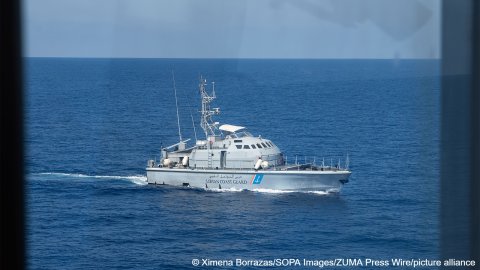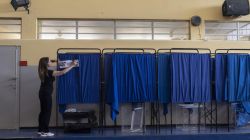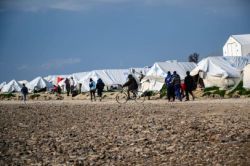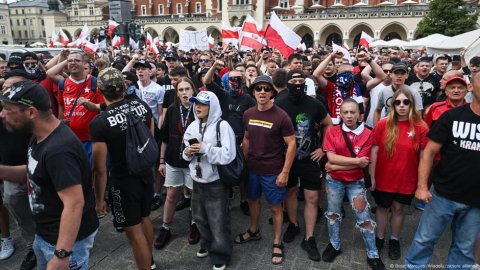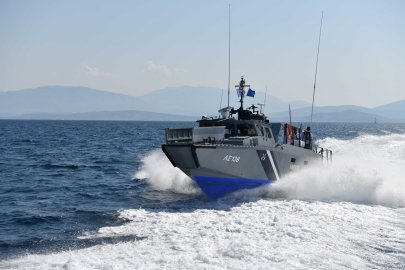The Libyan Coast Guard – explained
Source: InfoMigrants: reliable and verified news for migrants – InfoMigrants
The Libyan Coast Guard is often in the spotlight, in connection with the role it plays in irregular migration from Libya to Europe. This attention has sharpened in recent years as it is increasingly implicated in abuses against people on the move, and more recently direct attacks on NGO vessels.
While often referred to as a single entity, the Libyan Coast Guard is far from it. It comprises numerous groups with different command structures, loyalties and inter-group relations. There are also other groups in Libya which often get mistaken for the Libyan Coast Guard.
InfoMigrants explains these various groups under, and outside, the ‘LCG’ umbrella.
Background: 2008-2017
Today’s ‘Libyan Coast Guard’ traces its origins to the final years of the Gaddafi regime.
In 2007 and again in 2008, Italy and Libya signed agreements on migration cooperation.
The latter, says Oxford University researcher Diana Volpe, “specifically buttressed the re-establishment of a Libyan Navy and Coast Guard,” under Italy’s direction.
Gaddafi was overthrown in 2011 and the Libyan Navy all but destroyed by NATO forces. Libya became fragmented between various armed groups. Amid the following decade’s conflicts, these groups coalesced around the spheres of influence of what became the internationally-recognised ‘western’ Government of National Unity (GNU), based in Tripoli, and the ‘eastern’ government of Khalifa Haftar, Commander of the Libyan Arab Armed Forces.
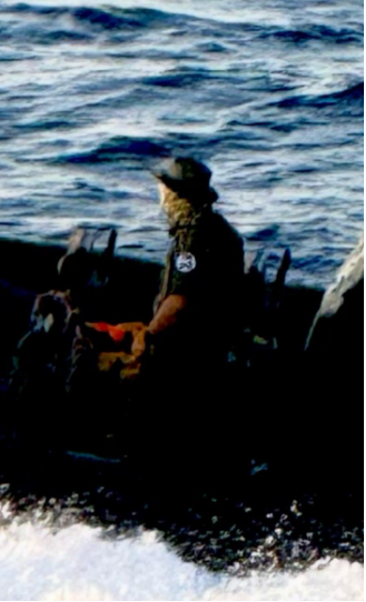
Throughout this time, Italy and the EU continued to engage with Libyan forces on migration control. In 2017, a memorandum of understanding between an interim Libyan government and Italy was signed, expanding European support for the development and training of Libya’s coastal authorities.
Up to this point, Italy had largely been responsible for coordinating search and rescue operations. A pivotal 2012 ruling at the European Court of Human Rights, however, established that Italian forces could not return people to Libya.
In 2017, plans to establish Libya’s own Maritime Rescue Coordination Center (MRCC), funded by the EU, were announced. This would allow Libyan coastal forces to coordinate their own operations. In 2018, Libya formally took control of its ‘search and rescue zone (SAR)’ – an area stretching from Libya’s coast far into the Mediterranean Sea.
Italian journalist Lorenzo Bagnoli observes the MRCC serves “to legitimise” Libya’s interception operations under international law, a crucial step in distancing it from accusations of being an agent of “pushbacks by proxy” on behalf of Italy.
2017-onwards: the ‘Libyan Coast Guard’ takes form
Throughout this time, says Wolfram Lacher, researcher with the German Institute for International and Security Affairs, many of the armed groups involved in coastal operations had become more professional and centrally organized. Some of these groups had been involved in the smuggling of people and other illicit economies (and many still are), while others came from more traditional maritime backgrounds.
The ‘LCG’ today
With the support of Italy and the EU, including the provision of vessels, training and funding for operations and capacity build-up, forces under the ‘Libyan Coast Guard’ umbrella have since 2017 exerted more control over migration through Libya’s waters.
“We have been observing the increased performance of the Libyan Coast Guard in the period 2017-2018 as direct consequence of the support the EU provided,” wrote a senior Commission official to the director of the EU’s border agency Frontex in 2019.
Another ECtHR ruling in 2025 cleared Italy of responsibility in a Libyan-led interception, further establishing the LCG as an independent force.
Estimates of interception numbers are probably undercounts, but according to various official data, around 145,437 people were intercepted and returned between January 2018 and September 2025, the majority of them in the west. This is based on data provided by the UN Migration Agency IOM.

Support from the EU continues, despite well-documented reports of violence aimed at vulnerable people and humanitarian NGOs, as well as alleged complicity in crimes against humanity.
Support is delivered via, among other programs, “Support to Integrated border and migration management in Libya” (SIBMMIL) and the EU’s external instrument, amounting to a combined 74 million euros. There are numerous other programs at the EU- and member state-level, amid the hundreds of millions of euros the EU has allocated to migration management in Libya. Non-EU countries have supported various forces, in the context of Libya’s ongoing internal conflicts.
Amid this support, and spurred by domestic dynamics and economic incentives, Libya’s coastal groups have “increasingly come to resemble regular forces,” says Wolfram Lacher.
That said, it is important to understand that Libya does not have central governing institutions. As a consequence, even ‘official’ coastal authorities operate more or less independently, with significant links to other armed groups, themselves often semi-official and involving criminal elements.
The ‘Western’ Libyan Coast Guard(s)
The two main groups associated with the western Government of National Unity are the Libyan Coast Guard and the General Administration for Coastal Security.

The Libyan Coast Guard
The entity known ‘officially’ as the Libyan Coast Guard and Port Security (LCG) is a part of the Libyan Navy under the Defense Ministry, headquartered in Tripoli. To some extent, it coordinates with UNHCR and the International Organization of Migration and is known to have operational relationships with Frontex and individual member states.
The LCG’s membership is made up of armed groups but also Navy officers, with bases around the coast. The most important units are Zawiya, Tripoli and Khoms.
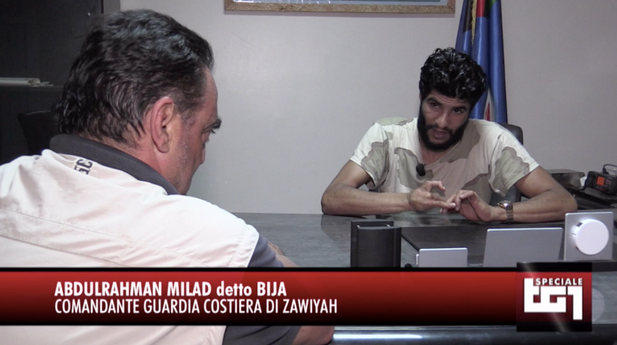
- The Tripoli LCG operates out of the Abu Sitta naval base, in an area controlled by the Interior Ministry-linked Special Deterrence Force. The Tripoli LCG has worked with groups operating different detention centers over time, including Mabani, which had been under the control of now-interior minister Emad Trabelsi, and Ayn Zarah, formerly under the control of the Special Deterrence Force.
- The Khoms LCG is in the central Misratan sphere of influence. In contrast to Tripoli and Zawiya, this unit is less intertwined with armed groups, says Lacher, as the area is not so “riven by factional tensions.” Nonetheless, detention centers in this region were reported to be infiltrated by armed groups. The unit’s former commander, Major General Reda Issa, is now the overall commander of the LCG.
General Administration for Coastal Security (GACS)
The General Administration for Coastal Security (GACS) is under Libya’s Interior Ministry but is largely independent from it. Based in Zuwara, its mandate is to protect Libya’s coast and maritime assets. Operating parallel to the LCG, and often mistaken for it, the GACS nominally only patrols up to 12 nautical miles from the coast, beyond which the LCG is responsible, but EUDEL Libya describes this as “fluid.” Like the LCG it comprises multiple groups.
Mediterranean analyst Marc Tilley says there is evidence GACS counter-migration operations have resurged in recent years, with officers patrolling in unmarked vessels, often with their identities hidden, conducting interceptions “further and further offshore.”

The GACS has affiliations with various armed groups. As of 2023, it reportedly subsumed another semi-official armed group, the Department For Combatting Settlement and Illegal Migration (DCSIM). According to EUDEL Libya, DSCIM was one of the most active interception forces in 2022.
The LCG and GACS are the two main recipients of EU support. This includes funding for operational capacity via the SIBBMIL program, including the donation of dozens of vessels, as well as training from, and coordination with, the European Union Border Assistance Mission in Libya and the EU’s Naval Forces. Individual member states including Italy, Malta and Germany have also provided support.
Other groups
Alongside the LCG and GACS, there are other groups involved in coastal patrolling, with some level of association to the Government of National Unity.
Stability Support Apparatus (SSA)
One of Libya’s most powerful armed groups, the Stability Support Apparatus is a semi-official group under the Interior Ministry. In 2022, the ministry confirmed to Amnesty International that the SSA had conducted interceptions at sea. A 2023 UN report found a “significant role played by the SSA in crimes against humanity through their cooperation with the Libyan Coast Guard” and control of detention centers. In 2023, GNU Prime Minister Abdul Hamid Dbeibeh reportedly had the SSA’s vessels destroyed, and after the killing of its leader in May 2025, its command structure was reorganized. It is not clear if the SSA is still involved in sea operations.
111th Brigade
Recently emerging in the migration context, the 111th Brigade, formerly the 301st Infantry Battalion, is commanded by Abdul Salam Zobi, who was appointed GNU undersecretary of defense in 2024. While predominantly a ground-based armed force, in recent years the 111th has developed naval capabilities. It is believed to carry out interceptions of migrant boats and has been implicated in smuggling operations. In August 2025, members of the group were photographed apparently throwing people into the sea near an NGO rescue boat.

Directorate for Combatting Illegal Migration (DCIM)
Under the Interior Ministry, the DCIM is the “key institution formally mandated with handling irregular migration in Libya,” according to EUDEL Libya. It operates many of Libya’s detention centers. In practice DCIM governance is fractured among various armed groups – there are also separate DCIM branches in eastern Libya.
While DCIM forces do not undertake sea operations, they are an important part of the ecosystem.
“Controlling a detention center is a lucrative enterprise,” says Wolfram Lacher. DCIM-linked groups receive funding for running detention centers, but also from the exploitation of migrants within them, including extortion, forced labor, sale to other groups and re-smuggling.
“It’s important to have relationships with Coast Guard units or other units that intercept migrants on the sea, because that’s essentially the human raw material they exploit,” says Lacher.
The 2023 UN report notes “reasonable grounds” to believe senior staff of the LCG, SSA and DCIM colluded with other groups on “the interception and deprivation of liberty of migrants.” The report also noted “overwhelming evidence” DCIM officials presided over “systematic” torture in detention centers.
In the east: Parallel coastal forces
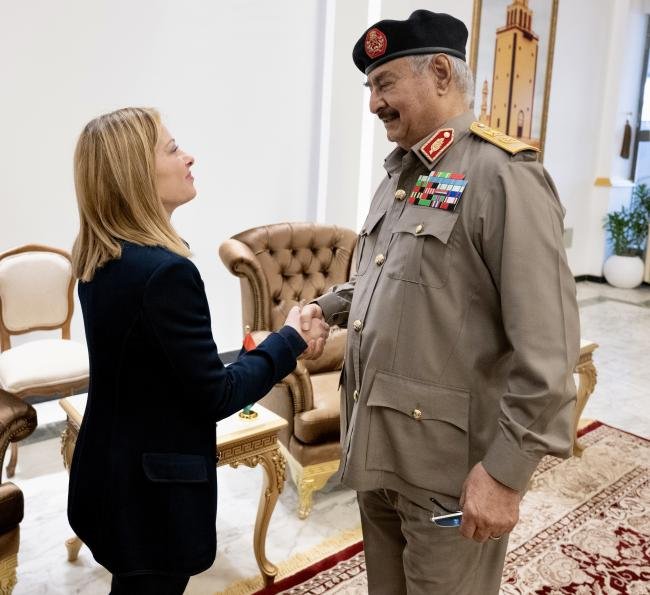
Parallel to the internationally-recognised GNU in the West is a rival government under the control of General Khalifa Haftar. Haftar is de facto ruler of eastern Libya, as well as much of Libya’s interior, having since 2014 centralized his power in those regions.
Haftar’s Libyan Arab Armed Forces are under the command of his son Khaled. They conduct interceptions resembling, but separate from, those of the ‘western’ LCG (the two governments are formally opposed, but their navies have been known to communicate).
As departures have increased from the previously less-frequented east, Haftar’s navy has intercepted thousands of people. In 2025, an increase in arrivals to Crete prompted Greek authorities to offer training to Haftar’s forces. Italy has offered the same. Haftar also has relations with Russia and Belarus.
The Tariq Ben Zeyad Brigade
One of the most powerful armed groups in the region, TBZ is under the command of another of Haftar’s sons, Saddam. It has been implicated in the smuggling, abuse and forced expulsion of thousands of people on land.
Since 2023, a vessel apparently operated by the group has been observed intercepting boats and returning them to Libya. The EU’s border agency and Maltese authorities reportedly provided the vessel with coordinates for these operations. That was according to an investigation conducted by the Dutch investigative journalism outfit Lighthouse Reports and a series of European media organizations, including Germany’s Der Spiegel, and French newspaper Le Monde.
Other groups
Marc Tilley says there is evidence other unidentified armed groups are conducting interceptions in the east. NGOs have also identified a group known as “Dafadie Albasharia” (“Navy Seals”), though little is known about them.
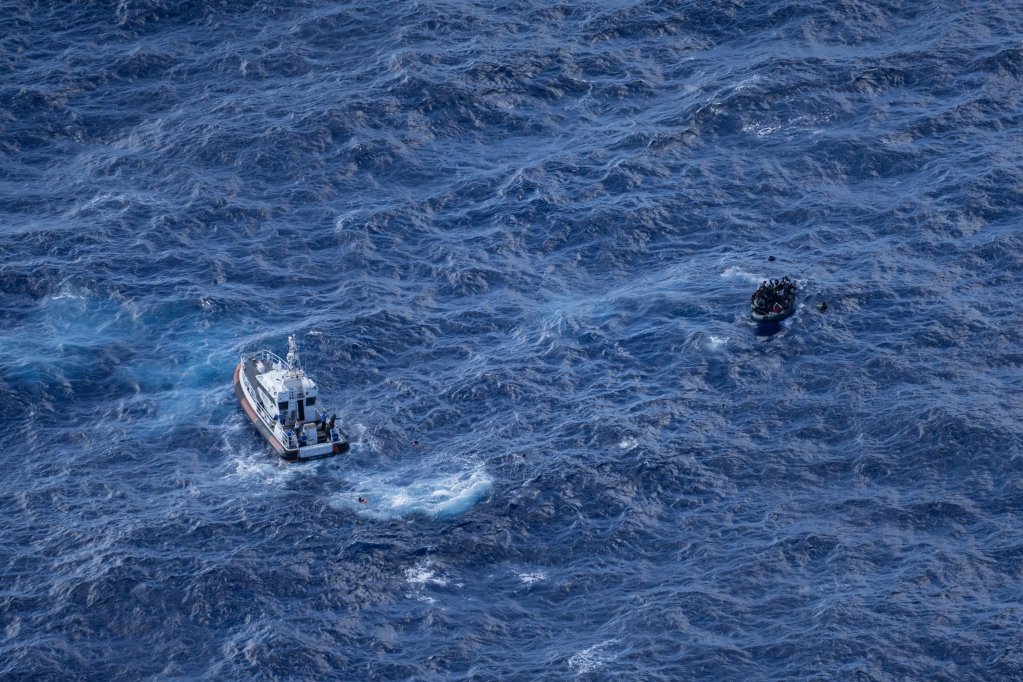
None of the eastern coastal forces are known to have received direct EU support.
General Haftar has courted EU support, including at a meeting with Italian Premier Giorgia Meloni in 2023 and in more recent diplomatic maneuvering with the EU. He appears most concerned with increasing recognition of his government. He has also more recently been in talks with authorities in Russia and visited Moscow in May this year.
This desire for recognition, says Marc Tilley, unites all the groups under the ‘Libyan Coast Guard’ umbrella.
“They have been very transparent about their working relationships with the EU or member states,” says Tilley. “This is where their legitimacy came from.”
The original article: belongs to InfoMigrants: reliable and verified news for migrants – InfoMigrants .
